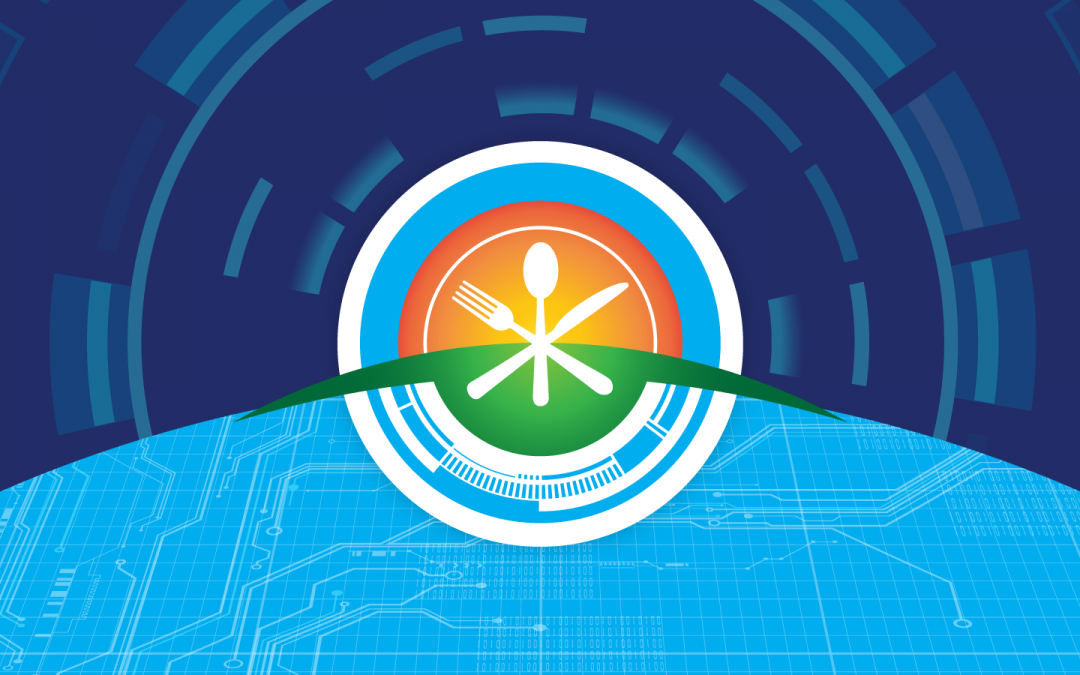The U.S. Food and Drug Administration has released a new food safety initiative —called the New Era of Smarter Food Safety — that aims to use technology to better trace foodborne illness.
“The most encouraging aspect of this is that FDA really has innovative and progressive leadership that is willing to take a turn, to create something, to really progress what we’re doing in food safety forward,” said Benjamin Chapman, a professor and food safety extension specialist at North Carolina State University.
The new FDA blueprint, announced last week, aims to enhance traceability, improve predictive analytics, respond more rapidly to outbreaks, address new business models, reduce contamination of food and foster the development of a stronger food safety culture.
“Modern times require more modern approaches,” said Frank Yianna, FDA Deputy Commissioner for Food Policy and Response. “The destination is the same. It’s about how we reach that destination, more quickly, more effectively, using modern vehicles of change.”
Martin Bucknavage, a senior food safety extension associate at Penn State University, said the food supply chain is very complex and foodborne illness happens throughout the entire process. Three outbreaks of E. coli bacterial illnesses, all tied to romaine lettuce, occurred last fall. Bucknavage said it took a long time for health officials to figure out where the product came from and where the contamination occurred. In the process, lettuce growers suffered economically because “it ended up basically pulling all the romaine lettuce from the supermarket,” Bucknavage said.
“So there’s a lot of strength in being able to go back and it really will not disrupt our supply chain as much as recalls do now,” he added.
Traceability plays an important role in treating foodborne illness. Timothy D. Lytton, the associate dean for research and faculty development at Georgia State University, said the key to a foodborne-illness outbreak investigation is to quickly determine where the contamination occurred in the food supply chain.
“Without tracebacks, you can serve surveillance to figure out who is getting sick, but you can’t figure out what’s making them sick ultimately,” Lytton said.
Geographic data is helpful in advancing traceability and building an integrated food system. Dr. Frank Dimase, chief of the department of emergency medicine at St. Peter’s Hospital, said it can help him quickly and accurately narrow down what causes a patient’s illness.
“I think it’s very reasonable for that information to be available,” Dimase said. “But it would have to be easy to use and understand.”
Chapman said the FDA should collect and aggregate data to make better decisions. He added that the FDA should also provide more leadership and give regulatory agencies some space to develop a response plan rather than controlling the process entirely.
“Technology has allowed us to think about sensors, to think about aggregating large data sets, to sharing that data from state to state or local jurisdiction to local jurisdiction,” Chapman said.
However, Chapman said putting thousands of variables and billions of data points into one database is not the answer. Many industries in the U.S., he said, like frozen food and almonds, have started to aggregate data and build a tracking database in recent years. The FDA should take a leading role to help different industries set their own dataset, he added.
“The whole point of datasets is to be able to gather a lot about a specific problem or about a specific issue to make a very specific decision,” Chapman said. “What works for almonds may not work for peanuts and certainly won’t work for salmon.”


